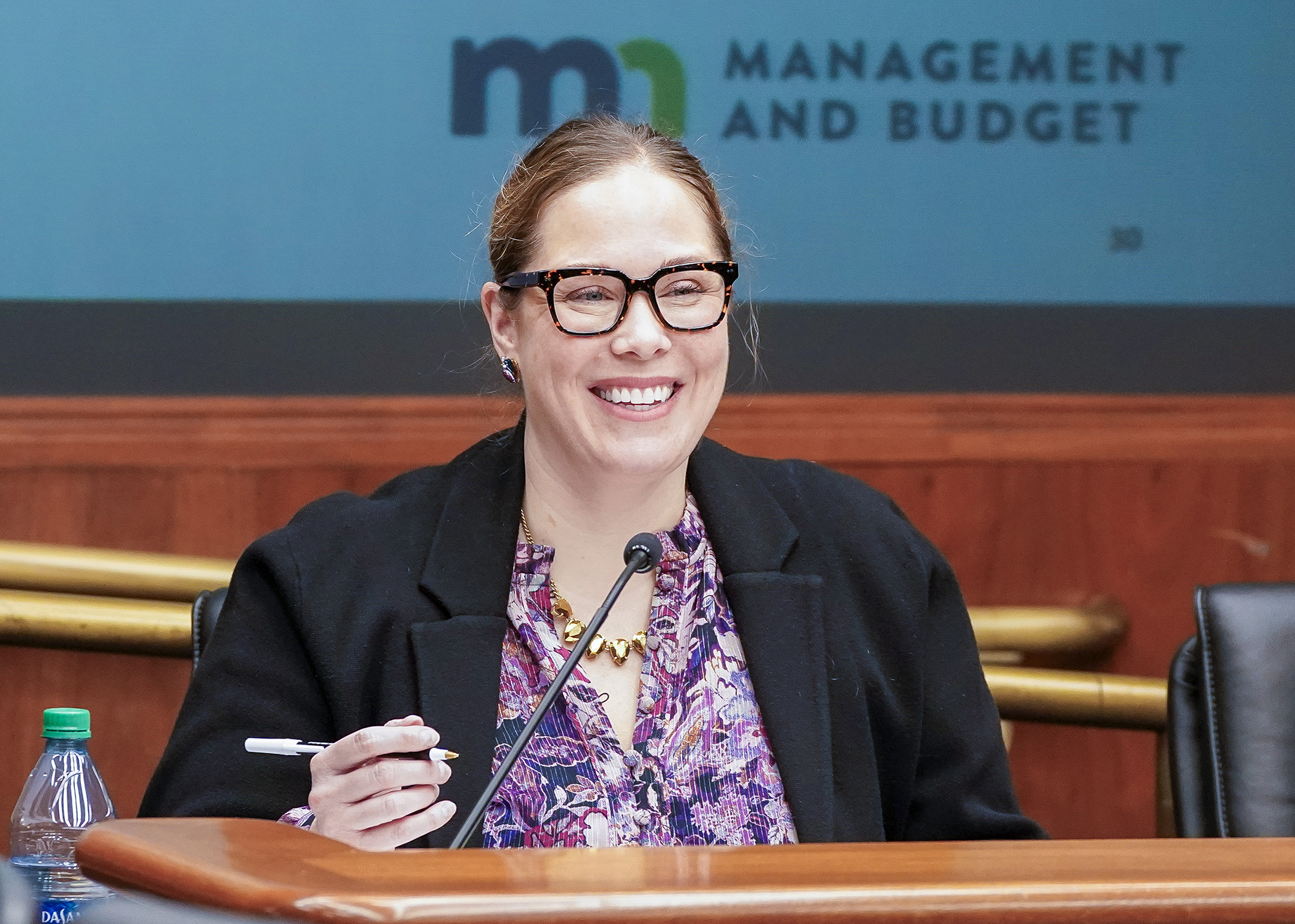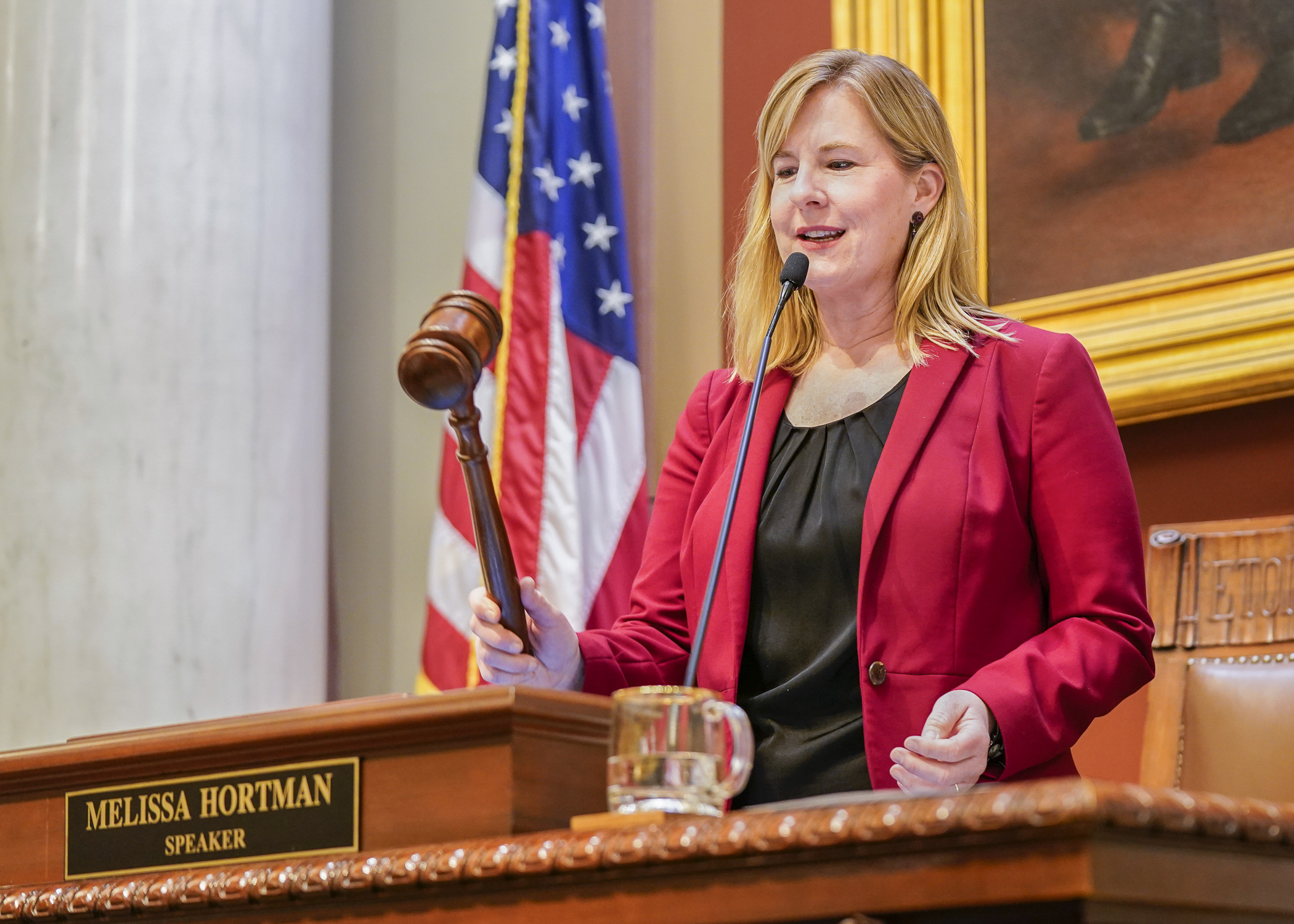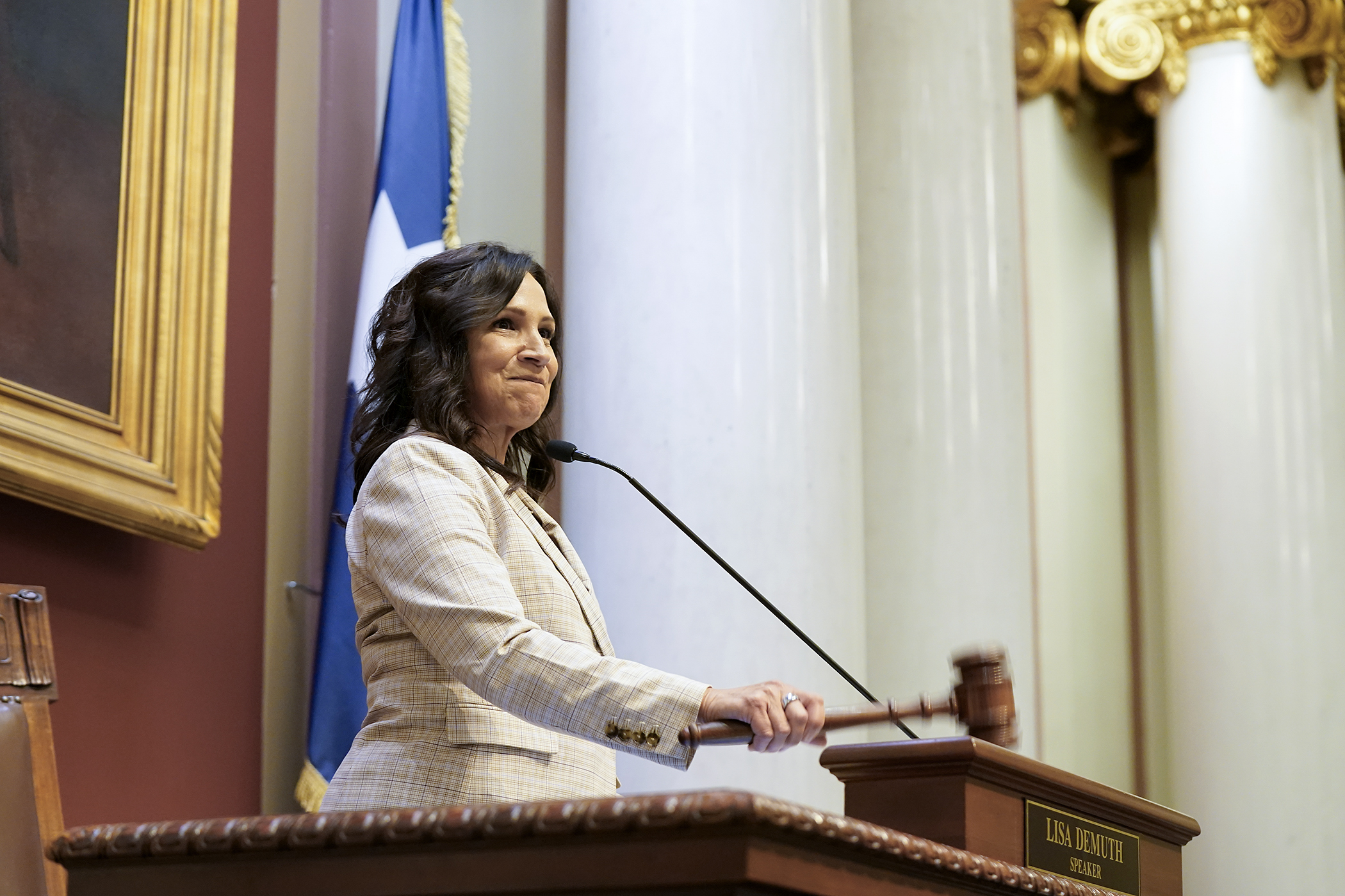Asset preservation at core of governor’s $982 million infrastructure plan

After a few extraordinary years when it comes to the passage – or lack thereof – of a bonding bill, Rep. Dean Urdahl (R-Grove City) suggests the Legislature might settle into a more regular rhythm of passing an infrastructure bill every other year.
Members of the House Capital Investment Committee took a step in that direction Wednesday when they heard Gov. Tim Walz’s 2024 recommendations for spending on infrastructure.
Historically, lawmakers have passed a bonding bill in even-numbered years. The Legislature did not find a 60% majority in 2022 to authorize borrowing for state projects but passed a historic $2.6 billion infrastructure bill in 2023 mixing cash and borrowing.
Under the mantra it is easier to maintain than to fix, the governor has proposed a $982 million infrastructure plan this year with half – $441 million – targeted toward preserving state infrastructure. This would include:
- $202 million for state agency asset preservation;
- $103 million each for the University of Minnesota and Minnesota State system for asset preservation and replacement; and
- $22 million for other agency renovations and maintenance.
The proposal would also target:
- $216 million for water and transportation, including $109 million for loans and grants to address PFAS, $40 million for bridges, $37 million to the Met Council for bus rapid transit, and $10 million for grants to address water contaminants;
- $143 million in public safety spending, including a new Bureau of Criminal Affairs office and lab in southern Minnesota and expanding Department of Corrections programs at Rush City. There would be money for design and land acquisitions for a new BCA facility in Bemidji and a State Patrol headquarters;
- $98 million for housing and the environment. Money would go to Minnesota Housing Finance Agency bonds, Minneapolis Veterans Homes, Reinvest in Minnesota conservation easements, acquisition and betterment of public lands; and
- $85 million other projects. Half would be set aside for local project grants.
The governor’s proposal falls far short of $7.6 billion requested by various governmental entities, which included $4.7 billion for state facilities and grant programs and $2.9 billion from local governments.
Rep. Dan Wolgamott (DFL-St. Cloud) said a huge investment in asset preservation is absolutely needed for higher education facilities, but asked how $2.9 billion in requests for local projects was pared down to $40 million.
“Our communities are counting on us to be strong advocates for local projects,” he said, noting two project requests from his district would eat up a large chunk of that money.
Minnesota Management and Budget Commissioner Erin Campbell said bonding bills are a balancing act regardless of who puts them together, and asset preservation often takes a hit during that process.
Committee members will likely hear more specifics in future meetings.
Rep. Rick Hansen (DFL-South St. Paul) said it would be helpful to see how the money authorized last year is being digested.
“Related to that is how many of these proposals could be funded directly from federal dollars,” he said.
Related Articles
Search Session Daily
Advanced Search OptionsPriority Dailies
Speaker Emerita Melissa Hortman, husband killed in attack
By HPIS Staff House Speaker Emerita Melissa Hortman (DFL-Brooklyn Park) and her husband, Mark, were fatally shot in their home early Saturday morning.
Gov. Tim Walz announced the news dur...
House Speaker Emerita Melissa Hortman (DFL-Brooklyn Park) and her husband, Mark, were fatally shot in their home early Saturday morning.
Gov. Tim Walz announced the news dur...
Lawmakers deliver budget bills to governor's desk in one-day special session
By Mike Cook About that talk of needing all 21 hours left in a legislative day to complete a special session?
House members were more than up to the challenge Monday. Beginning at 10 a.m...
About that talk of needing all 21 hours left in a legislative day to complete a special session?
House members were more than up to the challenge Monday. Beginning at 10 a.m...